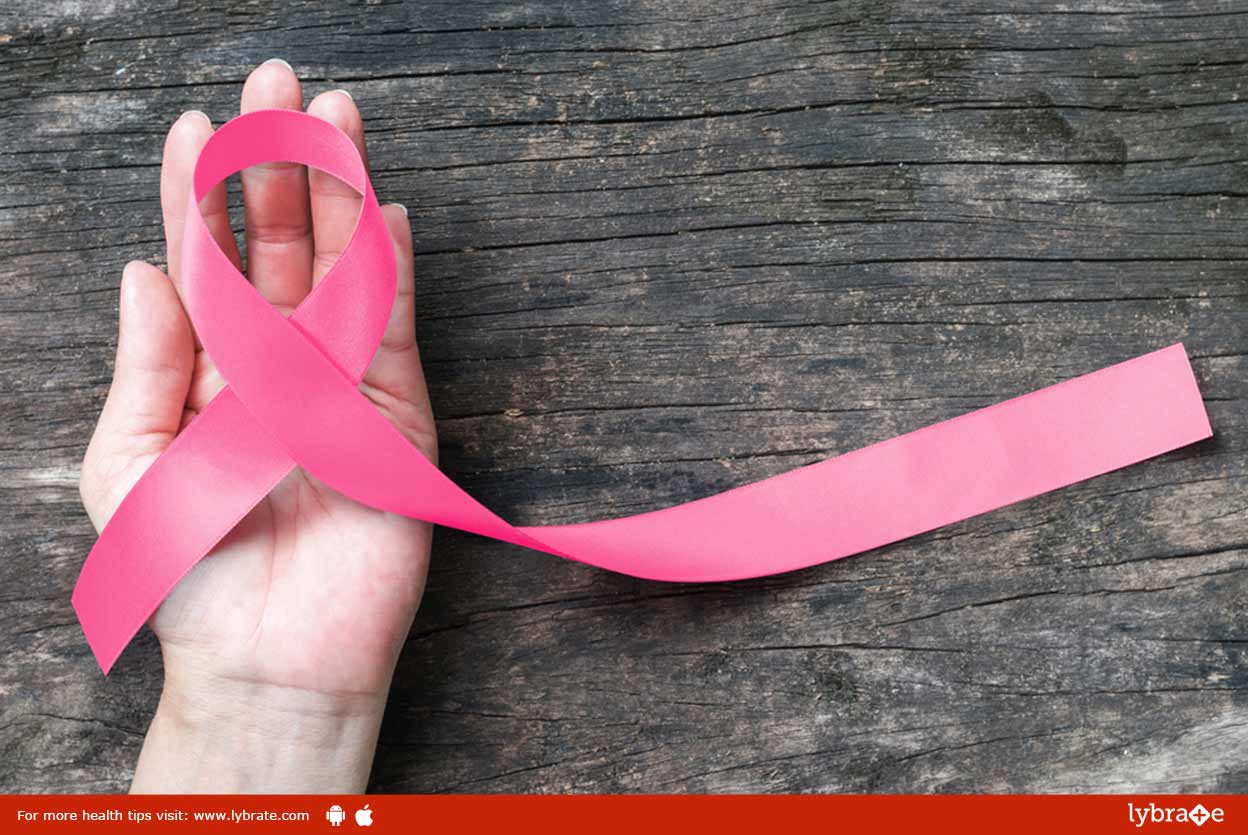By Dr Sanket Pisat , Gynaecology
Breast cancer is an abnormal growth of cells in the tissues of the breast. This cancer can occur in both the genders; however, is primarily diagnosed in women as compared to men. The survival rates for breast cancer have gone up significantly due to the availability of better treatment options and early detection.
Symptoms-
The symptoms of breast cancer are:
- There may be changes on the breast skin such as dimpling (fat tissues die and form lumps on the skin).
- Changes in the size and shape of the breasts.
- Lumps on the breast which may feel different from the other adjacent tissues.
- Flaking and peeling of the skin near the nipples.
- The skin over the breast might become red in color.
Causes-
There is no exact known cause of breast cancer. Cancer starts developing when cells in the breast tissues start to multiply abnormally. The cell division progresses at a very fast rate, leading to the formation of lumps on the breasts. Also worthy of mention is the fact that these cancer-causing cells may spread to other parts of the body.
There are certain factors that increase the risks of breast cancer. Some of them have been listed below:
- Gender: Breast cancer majorly affects women.
- Ageing: The risks increase with age; most cases of breast cancer develop after the age of 50.
- Family issues of breast cancer.
- Being overweight.
- Early menopause.
- Exposure to radiations over a prolonged period of time.
- Excessive consumption of alcohol.
- Undergoing hormone therapy after menopause.
Treatment-
Surgical Treatments include:
- Removal of the Breast lump and Lymph nodes- If you have invasive breast cancer, the surgeon will remove some of the lymph nodes under your arm during your lumpectomy or mastectomy. Examining your lymph nodes helps your doctors figure out the extent of cancer involvement.
Cancer in the lymph nodes is associated with an increased risk of having cancer cells in other parts of your body. Your lymph nodes act as filters for your body’s lymphatic drainage system. That’s why the lymph nodes are likely to “catch” or filter out cancer cells that might be floating in the fluid that drains away from the cancerous area of the breast.
- Chemotherapy: Chemotherapy is a treatment using anti-cancer (also called cytotoxic) drugs. The aim is to destroy breast cancer cells. It’s known as a systemic treatment.
Chemotherapy is sometimes used before surgery (called neoadjuvant or preoperative chemotherapy). In women with large tumors who need a mastectomy, neoadjuvant chemotherapy may shrink the tumor enough that a lumpectomy becomes an option.
In women with locally advanced breast cancer, neoadjuvant chemotherapy can reduce the size of the tumor in the breast and/or in the lymph nodes, and make it easier to surgically remove the cancer cancer.
- Radiation Therapay: Radiation therapy (also called radiotherapy) uses high-energy rays to kill cancer cells. It affects cells only in the part of the body that is treated with the radiation. Breast cancer radiation therapy may be used to destroy any remaining mutated cells that remain in the breast or armpit area after surgery.








































